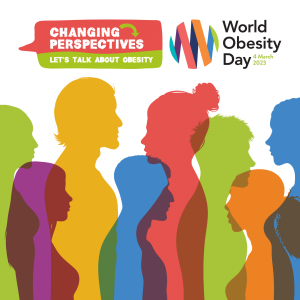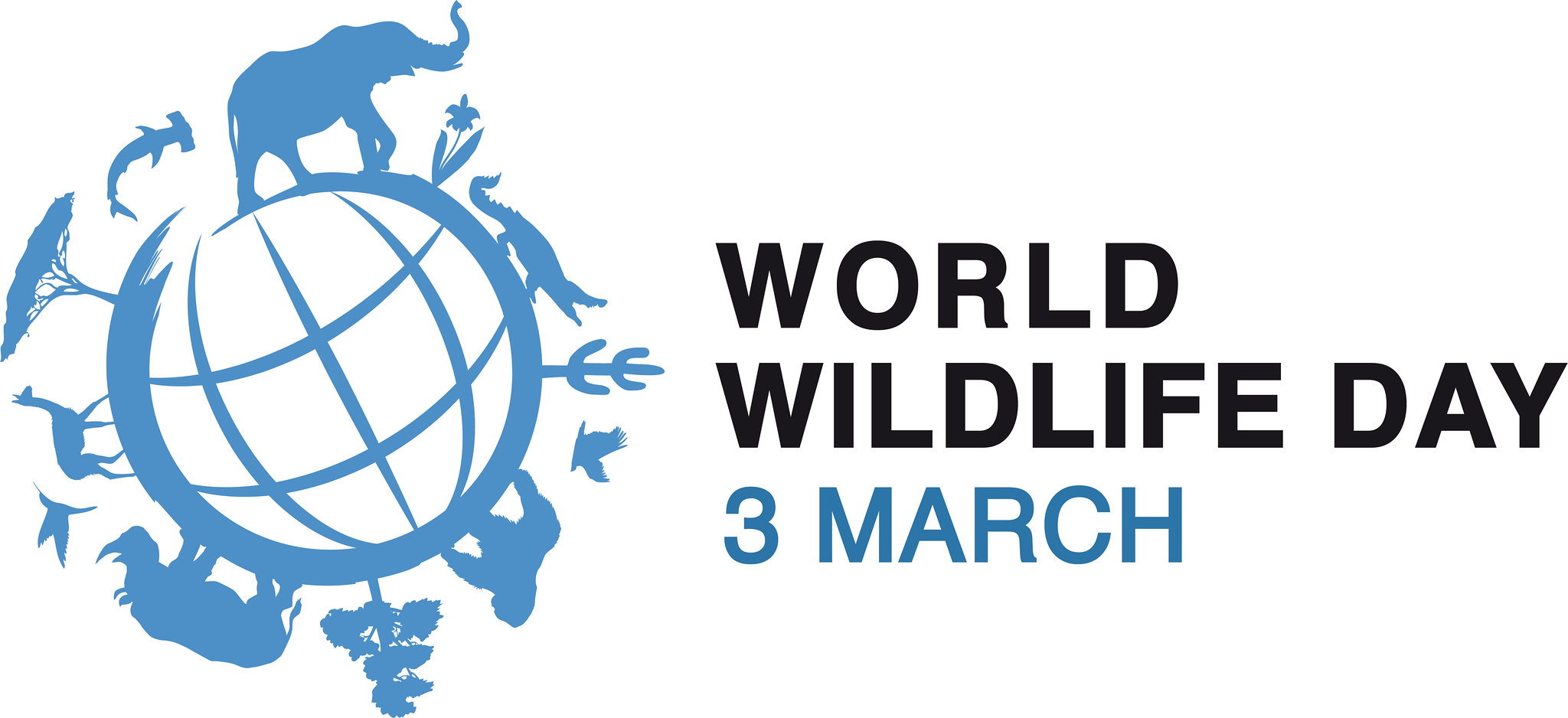The International Day of Radio and Television for Children takes place on 6 March. This is a day when media professionals from around the world put themselves on the same page as children.
They broadcast quality programs for children. Most importantly, they give children the opportunity to participate in the production of programs, to talk about their hopes and ambitions and to exchange information among them.

Celebrity Television
The Day is a joint initiative of UNICEF and the International Academy of Television Arts and Sciences. Every year, thousands of radio and television personalities in more than a hundred countries take part in the Day, celebrating it in such exceptional and special forms as the children themselves.
The International Day of Radio and Television for Children is now a tradition in Latin America that has been participating in International Day every year since 1994.
The actions
As part of this International Day, producers around the world are invited to devote programming to the situation of children and to giving children the opportunity to participate in the production of programs.
It enables these media to exploit the power of television and radio to raise awareness of the problems of children. At the “International Day of Radio and Television for Children” in 1998, some 2000 organizations in 170 countries broadcast special programs on children, often prepared by children.

 About WOD
About WOD world’s understanding, prevention and treatment of obesity.
world’s understanding, prevention and treatment of obesity. “Go from your country, your people and your father’s household
“Go from your country, your people and your father’s household  Introduction
Introduction The World Day of Prayer is a global ecumenical movement which brings Christians of many traditions together to observe a common day of prayer each year. Through preparation and participation in the worship service, we can learn how our sisters of other countries, languages and cultures understand the Biblical passages in their context.
The World Day of Prayer is a global ecumenical movement which brings Christians of many traditions together to observe a common day of prayer each year. Through preparation and participation in the worship service, we can learn how our sisters of other countries, languages and cultures understand the Biblical passages in their context.
 HISTORY OF WORLD COMPLIMENT DAY
HISTORY OF WORLD COMPLIMENT DAY Raising awareness and generating change for the 300 million people worldwide living with a rare disease, their families and carers.
Raising awareness and generating change for the 300 million people worldwide living with a rare disease, their families and carers. World
World It is the very word that we find repeated three times in today’s gospel text (Matthew 4:1-11).
It is the very word that we find repeated three times in today’s gospel text (Matthew 4:1-11). Could it be that even… God enjoys secrets?
Could it be that even… God enjoys secrets?